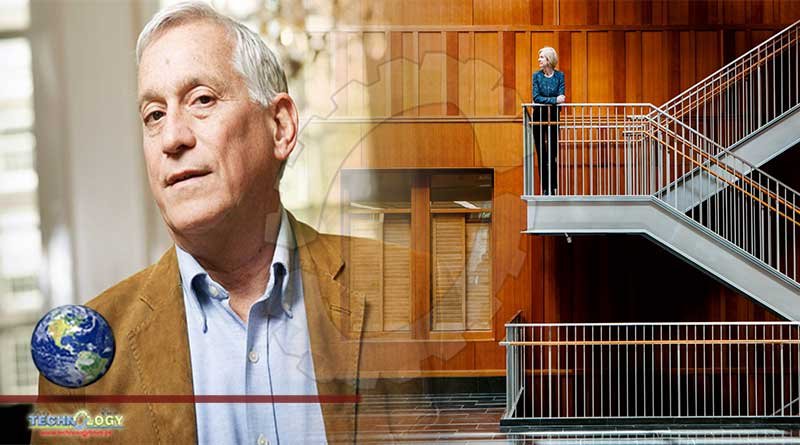According to Walter Isaacson, three great technology revolutions have shaped the world, based on three fundaments of human existence

According to Walter Isaacson, three great technology revolutions have shaped the modern world, based on three fundamental kernels of human existence: the atom, the bit, and the gene. Having explored the physics revolution through the eyes of Einstein and the digital revolution via Apple’s supreme leader, Steve Jobs, the best-selling biographer thought it was time to turn to DNA. It’s no surprise then, that he chose Jennifer Doudna, the co-discoverer of the CRISPR gene-editing technology, to carry the tale of how the human species seized control of its own evolutionary destiny.
Isaacson’s latest book, The Code Breaker, breathlessly follows Doudna from a childhood spent trekking through the wilds of Hawaii to her pioneering work harnessing a bacterial defense system to rewrite the code of life—and the bitter patent battle that ensued—and ultimately winning the ultimate credit, the Nobel Prize. Based on more than five years of reporting from the front lines of the DNA-hacking wars, the book is an immersive deep dive into the fascinating science of gene editing and the personal dramas playing out behind the discoveries. Even if you think you know the story of CRISPR, you don’t know it the way Isaacson does.
He spoke to WIRED from his home in New Orleans, where he is now a professor of history at Tulane University. This interview has been edited for length and clarity.
Walter Isaacson: Jennifer Doudna’s journey begins in sixth grade, when her dad leaves The Double Helix, by James Watson, on her bed and she realizes it’s actually a detective story. That’s what makes her want to be a scientist. And even after her guidance counselor tells her that girls don’t do science, she persisted. Then she helped figure out the structure of a type of RNA that helps answer one of the biggest questions of all: how did life begin on this planet? And then her RNA studies lead her to CRISPR and the discovery that it can be a tool for editing genes, the magnitude of which leads her to gathering scientists to work through the moral issues of how such a discovery should be used.
My dad gave me The Double Helix when I was in middle school, too. And even though I’ve always been interested in biochemistry, I always regretted that I didn’t pursue it beyond a few courses in college. There’s joy in understanding how something works, especially when that something is ourselves. So while there are all sorts of wonderful characters who could have been the focus of this book, Doudna’s life journey just seemed like it would be a compelling narrative thread through this longer history of scientists striving to understand what makes us human.
Originally published at ARS Technica
